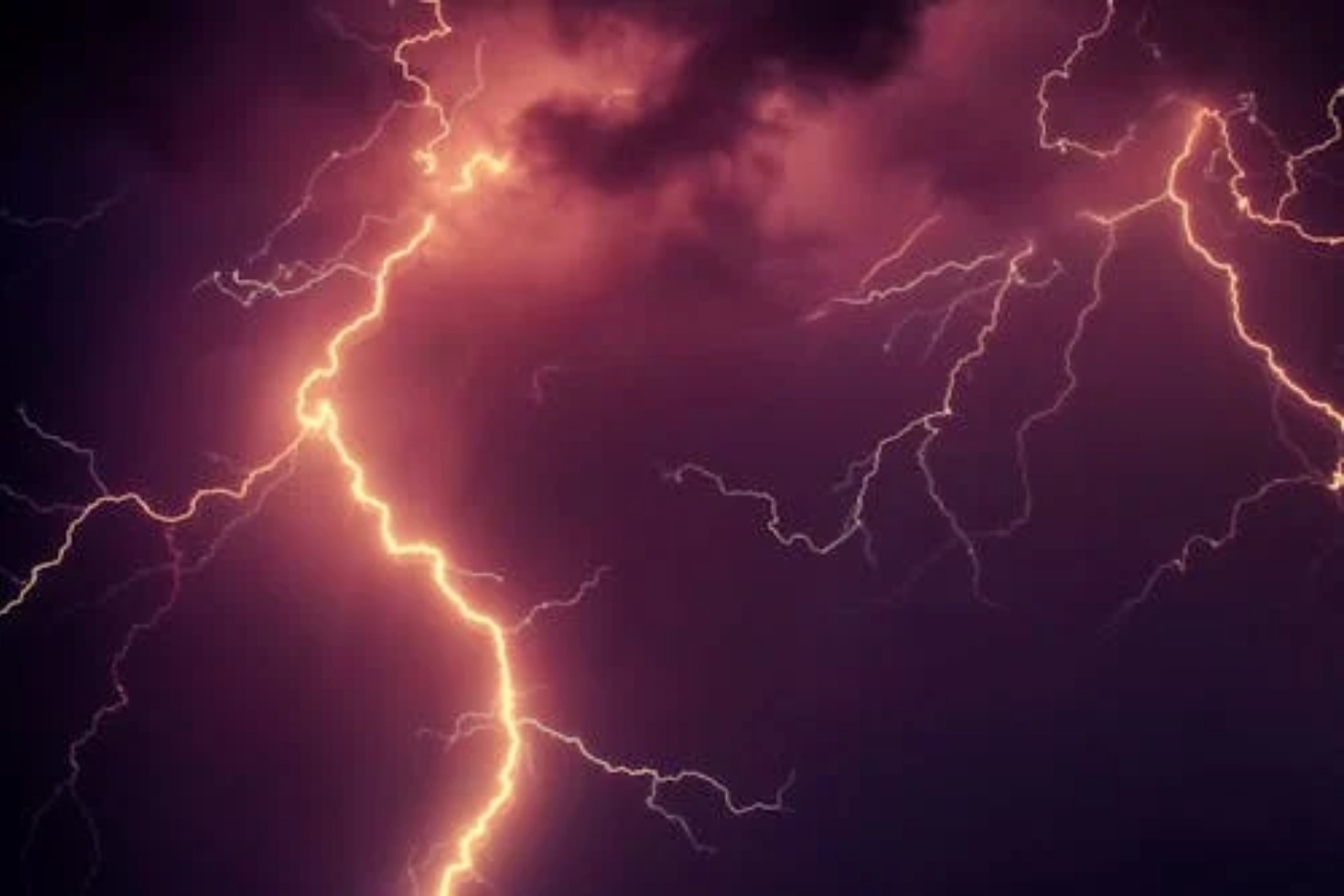Terrain Minerals has revealed a striking gold interval of 22 metres grading 2.71 grams per tonne gold at its Lightning prospect, part of the wider Smokebush Project in Western Australia’s Mid West region. The latest drilling program followed up a compelling 600m-long induced polarisation anomaly from geophysical data and formed part of the company’s exploration strategy.


Terrain Minerals has revealed a striking gold interval of 22 metres grading 2.71 grams per tonne (g/t) gold at its Lightning prospect, which is part of the company’s wider Smokebush project in Western Australia’s Mid West region.
The sparkling find from a depth of 105m stems from the company’s latest round of drilling at its Lightning and Monza gold prospects.
According to management, the find is consistent with gold grades reported by other explorers across the Yalgoo-Singleton greenstone belt. It highlights the potential upside for thick gold zones at the site, with the latest hit resulting from a carefully planned strategy to follow up a compelling induced polarisation (IP) anomaly.
The company has received assays for the first three holes from a 22-hole, 4995m reverse circulation drilling program at the prospects. The thick 22m hit targeted the Lightning structure. The remaining assay results for 19 holes are due this month.
Notably, the company only initially assayed for gold. It will resubmit holes that return gold mineralisation for multi-element analysis.
Terrain is exploring a 600m-long IP anomaly, which is proving to be a treasure map for pinpointing gold-rich sulphide zones. It identified a compelling gold-silver target in 2023 from modelling of dipole–dipole IP geophysical survey data, which pointed to potential additional mineralisation 50m west of historical drilling, in what is now the Lightning prospect.
A reverse circulation drill hole plunged into its ground in 2023 to test the anomaly intersected 2m going 6.22g/t gold from 82m downhole. Two further holes drilled in 2025, immediately north and south of the 2023 hit, also kicked up significant results. The first hole returned 11m at 6.03g/t gold and 43.5g/t silver from a depth of 75m, including a solid 1m slice at 10.28g/t gold and 123g/t silver from 76m and 1m grading 11.41g/t gold and 86.9g/t silver from 80m.
The second hole delivered a 3m hit at 6.12g/t gold from 26m, including a 1m section at 15.68g/t gold and 10.5g/t silver.
Terrain’s IP modelling has proven to be the secret sauce, guiding the drill rigs to high-grade zones with surgical precision.
Terrain Minerals executive director Justin Virgin said: “These initial results are highly encouraging and reinforce the strong potential of the Lightning and Monza gold prospect to host significant zones of gold mineralisation. With a standout intercept of 2.71g/t over an impressive 22 metres, our induced polarisation targeting strategy is clearly yielding promising early-stage results.”
Virgin said the drill campaign was designed to refine the company’s limited understanding of the controls on mineralisation at both parallel structures. The WA mines department has approved a further 35 holes for follow-up drilling.
Management believes the drill results and geophysical data point to precious metal mineralisation across Lightning and Monza, which remains untested along strike and at depth.
The parallel Lightning and Monza prospects sit just 50m apart within the Yalgoo Mineral Field, a proven gold district flanked by gold operations north and south of its ground, such as 29 Metals’ Golden Grove mine and mill and the $5 billion Capricorn Metals’ Mt Gibson mine. It is 10km west of the $3.9 billion ASX-listed Vault Minerals’ Rothsay gold mine.
Terrain’s success in leveraging IP geophysics to uncover these parallel structures and associated pathfinder elements such as lead, zinc, silver and arsenic hints at a robust mineralised footprint.
The company’s preliminary analysis of the 2025 multi-element analyses indicates a strong correlation between gold mineralisation and the pathfinder elements, with a moderate correlation existing between gold and the possibility of antimony.
With ground-based geophysics proving to be such a successful tool for detecting disseminated sulphide mineralisation, the company plans to review and remodel its 2023 IP survey data to unearth further targets within the project grounds and extend the survey area to include its nearby Wildflower prospect.
Wildflower, almost within shouting distance of the Rothsay mine, was identified as a 1000m by 500m gold-in-soil anomaly. It has the potential for mineralisation coincident with a shear zone hosting the Rothsay deposit and warrants follow-up drilling.
The company’s diversified project portfolio adds multiple strings to its bow, which could appeal to investors eyeing both precious metals and critical minerals. With gold prices hovering near historic highs and global demand for critical minerals surging, Terrain is a high-voltage opportunity that might be worth serious interest.
Is your ASX-listed company doing something interesting? Contact: matt.birney@businessnews.com.au















